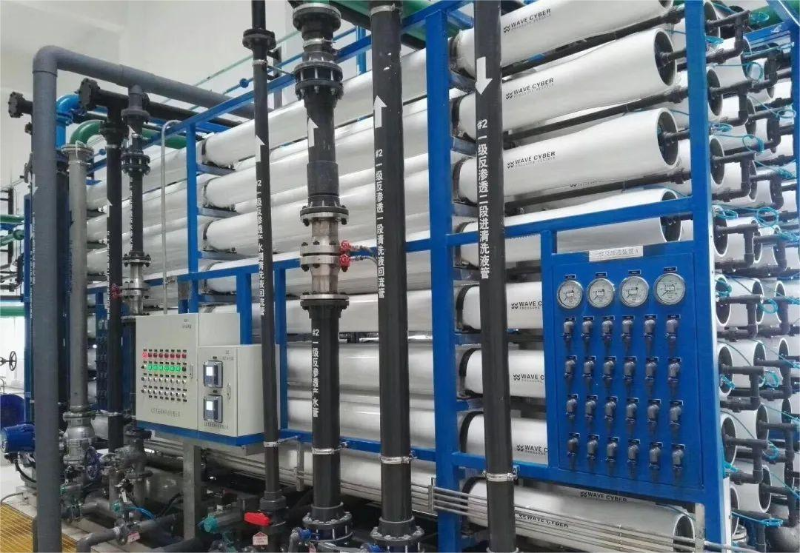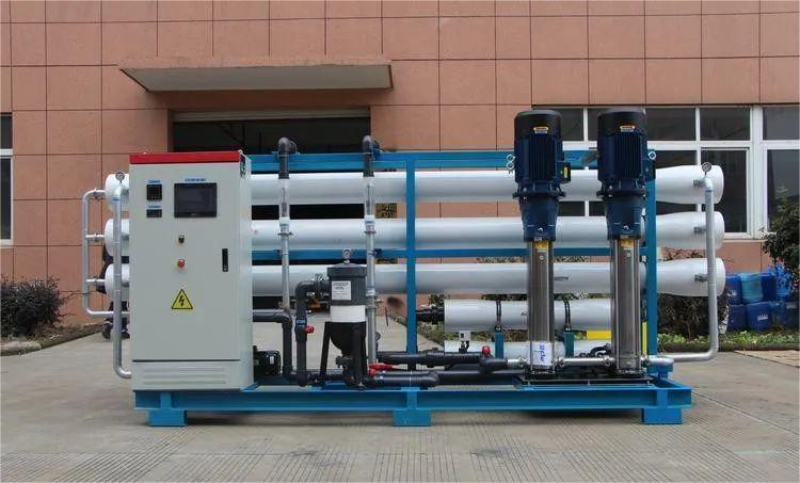(+86)0532-88988868
How to prevent scale in the reverse osmosis system of seawater desalination equipment?
Where there is water, there will be scale, seawater is no exception, and the reverse osmosis system is in contact with seawater, which plays an important role in the seawater desalination equipment, how to prevent the reverse osmosis system from being polluted by scale? Let's find out.

In most seawater applications, especially with recoveries of < 40%, new antiscalants/dispersants can be used to prevent fouling.
There is also a problem with the addition of acids, antiscalants, or both.
1. Acid addition
Acid addition is an effective way to control CaCO3 scaling. According to the calculation software, the Stiff-Davis index in the concentrated water is positive. indicates a tendency to scale CaCO3. If the Stiff-Davis index is negative, there is no tendency to scale. The Langelier index does not determine the fouling tendency of seawater concentrates. Acidification does not prevent the deposition of other dispersed dissolved salts (CaSO4, BaSO4, etc.). In most cases, when the pH of the reverse osmosis feed water needs to be adjusted, a special or food grade H2SO4 is recommended.

2. Dosing of antiscalant/dispersant
The inorganic salt sodium hexametaphosphate (SHMP) is a commonly used antiscalant that can be used to prevent the deposition of CaCO3 and CaSO4. Many new composite scale inhibitors. It can prevent the deposition of inorganic salts. It is necessary to choose according to the calculation software of each antiscalant manufacturer.
3. Acid and scale inhibitor are used at the same time
The simultaneous use of acids and antiscalants occurs in two cases: when the pH of the permeate meets the expected requirements and the antiscalant is added according to the water quality. When CaCO3 fouling tendency is severe (due to high calcium and magnesium ion content or high recovery in feed water).


